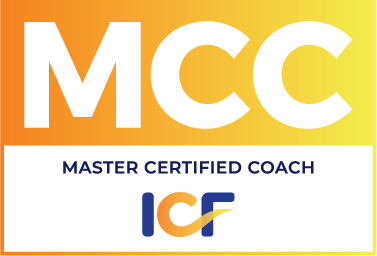Negativity in the Workplace
Part II – What to do About it
Last week, I wrote about the nature of negativity in the workplace and why it seems to spread. I talked about “rapport” as a human experience that causes us to seek out the familiar, and to become like the people we spend the most time with. This week, I will offer some thoughts on interrupting the pattern of negativity in the workplace.
If you go back to my enrollment blog series, you will see that what I am suggesting here is for you to learn to “enroll” others into a new approach, a new attitude. Enrollment is a system of “pacing and leading”. “Pacing” means to obtain rapport with the other person. “Leading” means once you have rapport, you can consciously change how we are doing things and people are more likely to change with you.
Here is the process. First, get in rapport. This won’t be too hard. As I have said we are often already in rapport with people we spend time with. But the way to gain rapport with a person in a specific situation where they are complaining is to really empathize with their complaint. The trick here is to not get sucked into their complaint, but to relate to it.
This is what getting sucked in sounds like: “Yeah; I know. She really is unreasonable. She’s a terrible supervisor. I can’t believe she is still here. I don’t know how much more of this I can take.”
And this is what relating sounds like: “Wow; you are really mad at her. I can understand. It sounds like those things she did felt very disrespectful to you.”
In the first example, you get into why YOU are upset as well. In the second, you keep yourself out of it; you reflect back what you are hearing without making it about you and your situation.
Once you gain rapport, you can take small steps toward problem-solving. (This is the “leading” step.) You can say something like: “I know this is a tough situation. I am wondering, what do you think we could do about this?” Think about questions you could ask that would get them thinking about improving the situation, even in very small ways. Once they start to make even small improvements, they will feel empowered to continue.
Complaining is a powerless activity. It says, “This situation is terrible. I hate it; and there’s no way out.” As such, problem-solving and brainstorming lead toward positivity because they lead toward action and away from being stuck in the same dissatisfying place.
I know that changing the culture of negativity is tough and may at times seem impossible. But you can make small changes. You have more power to affect change than you think you do. There are two steps you can take: (1) now that you know about rapport, starting today, make a promise to yourself – do NOT get sucked into the negativity; and (2) do your best to lead people toward problem-solving, and away from the inaction of negativity and complaint.
Let us know how it goes.






